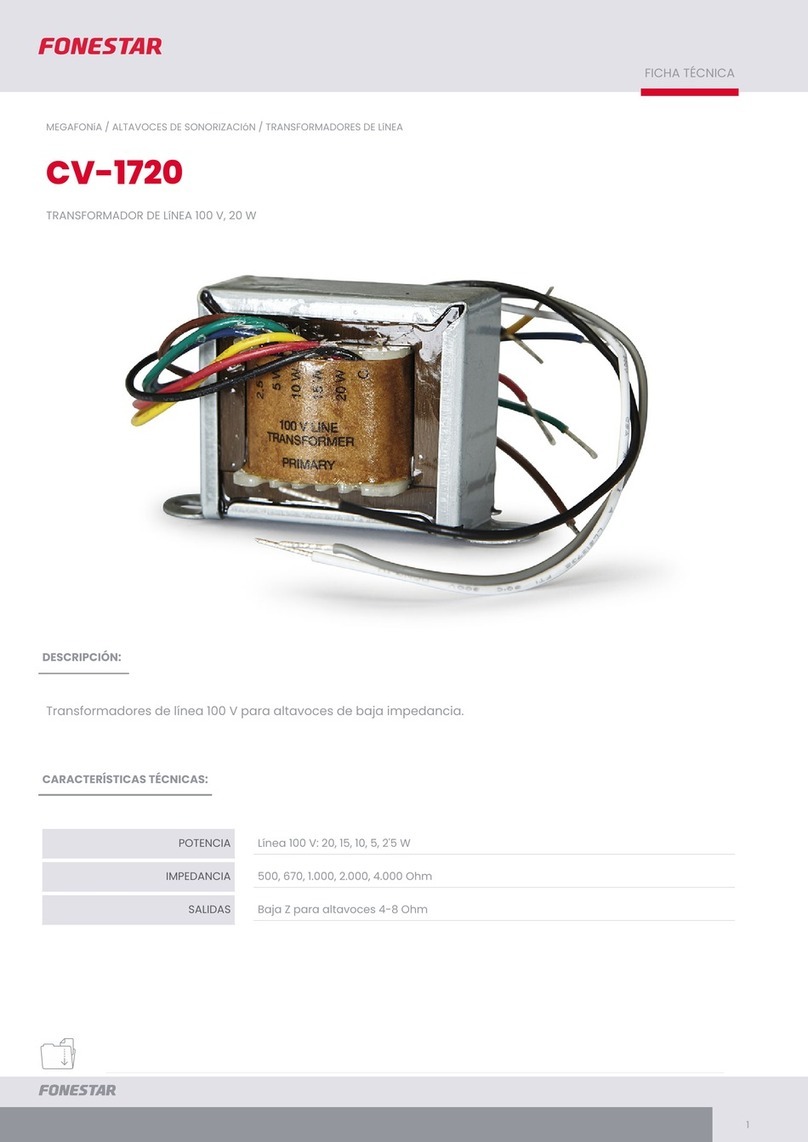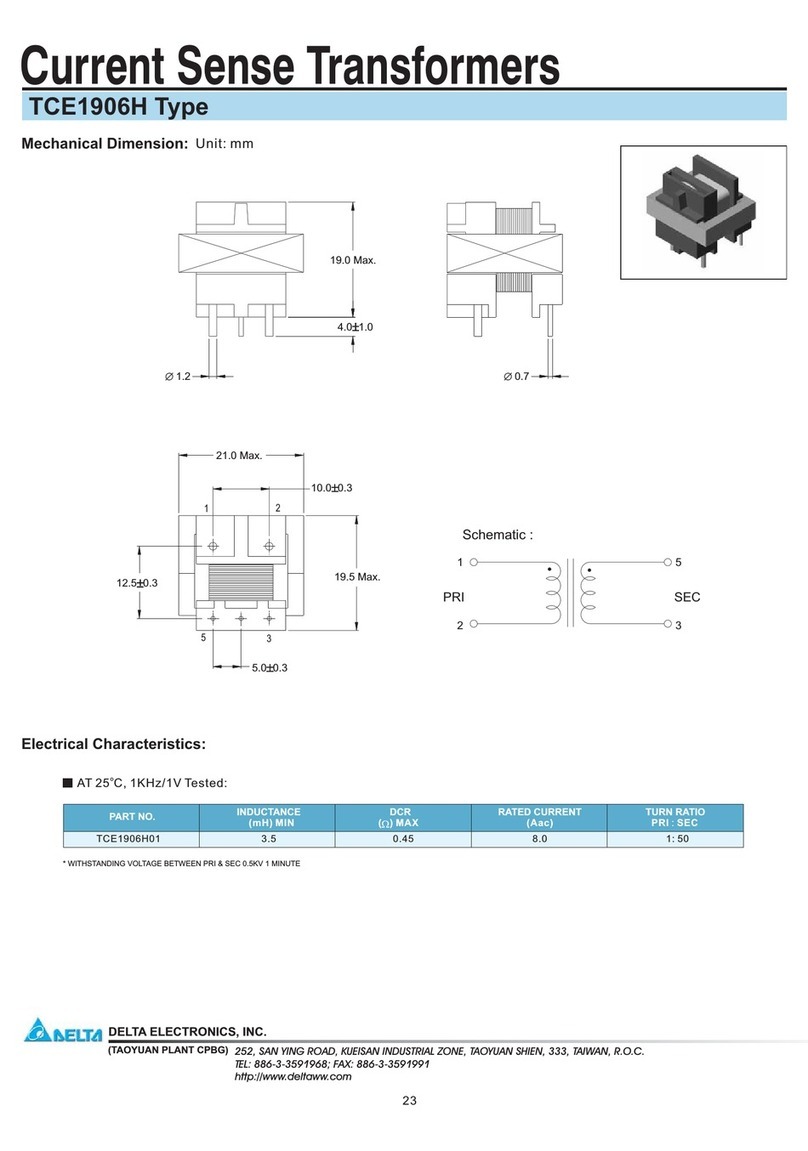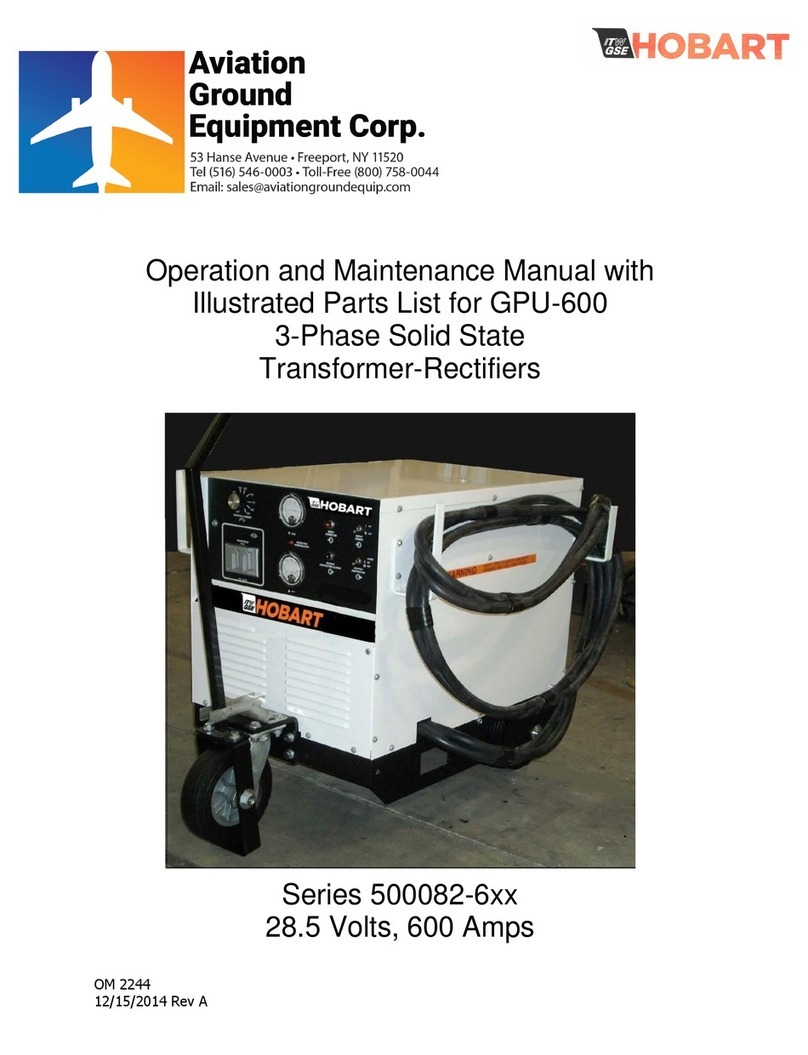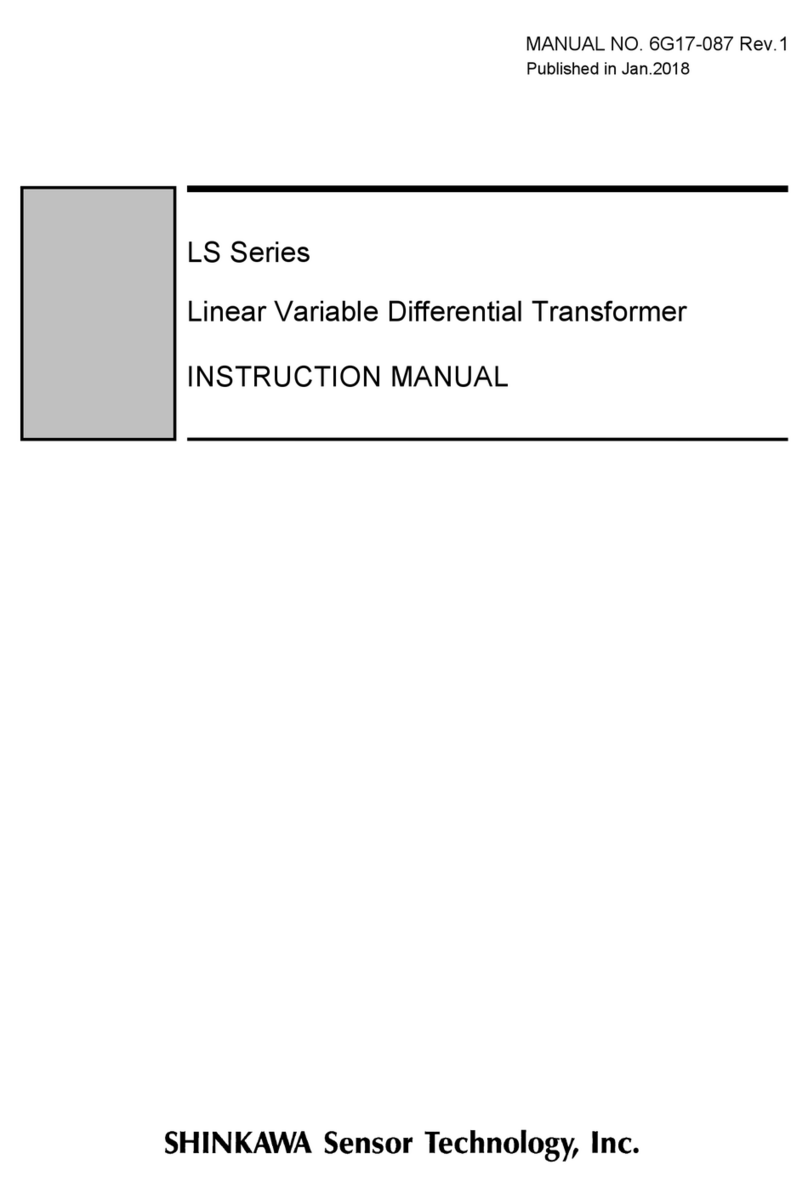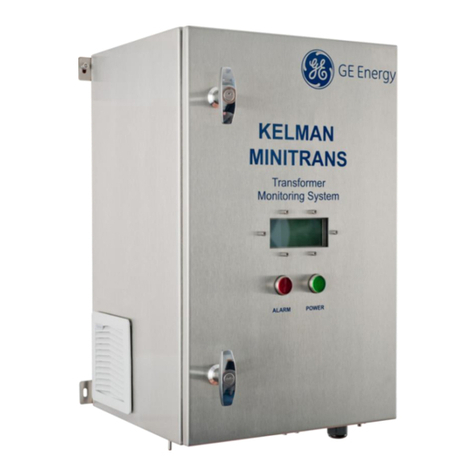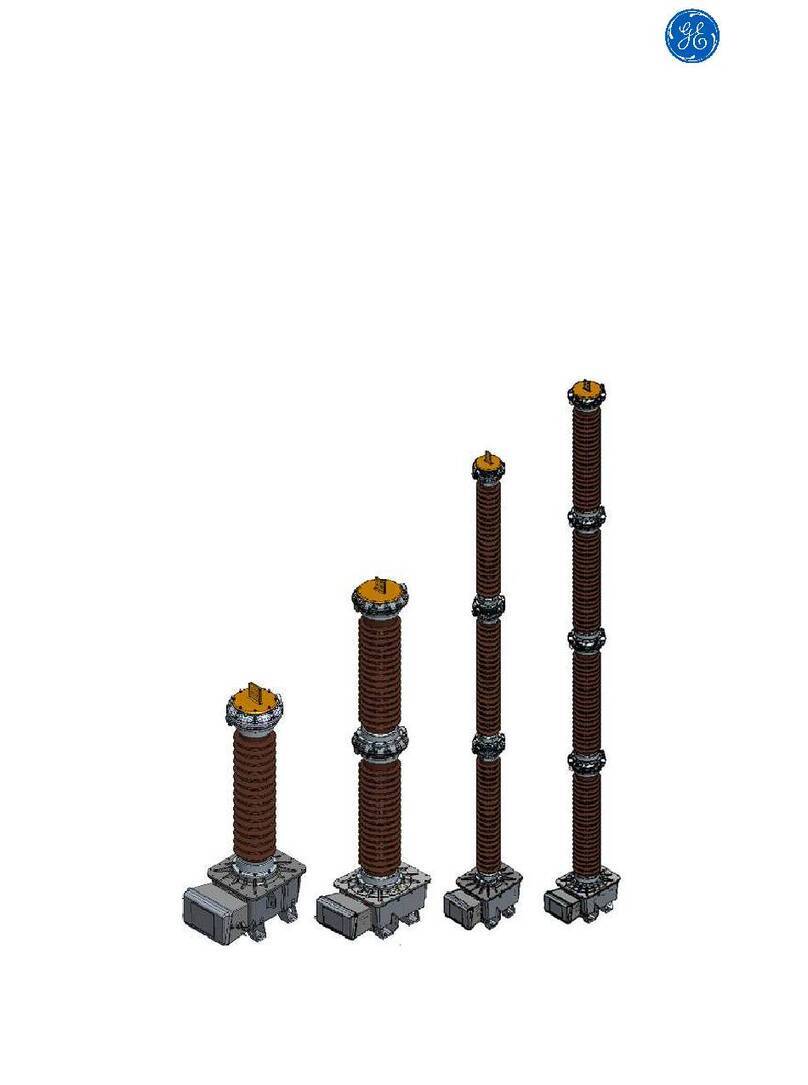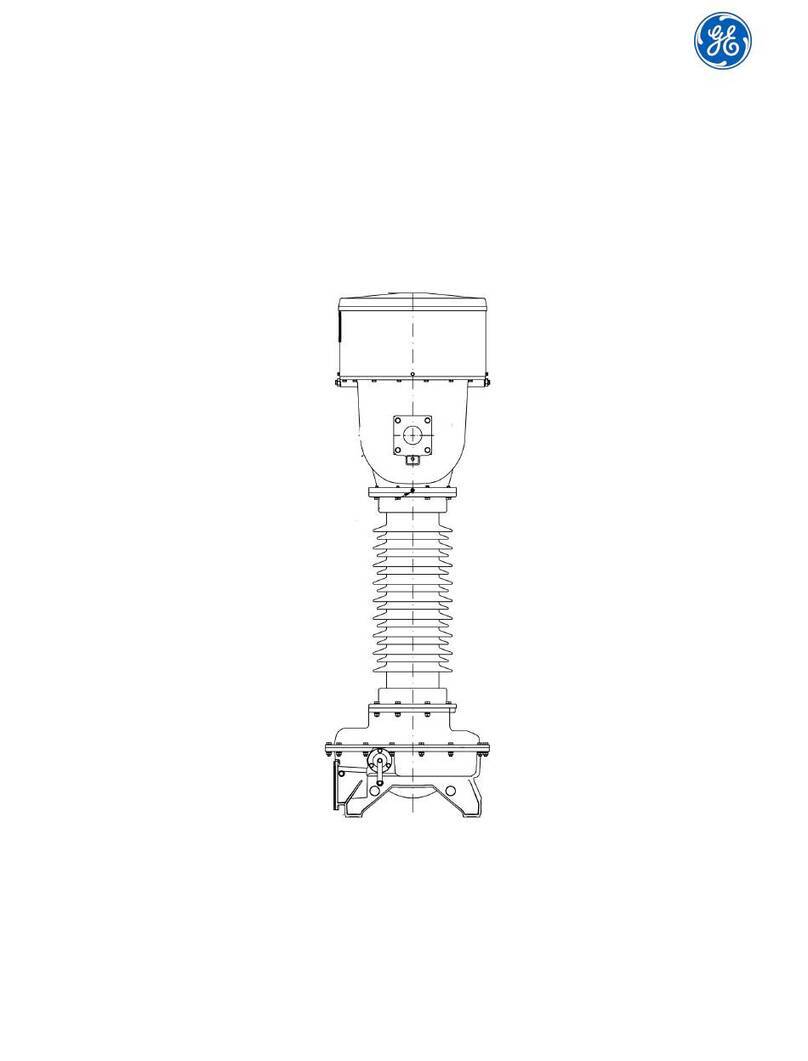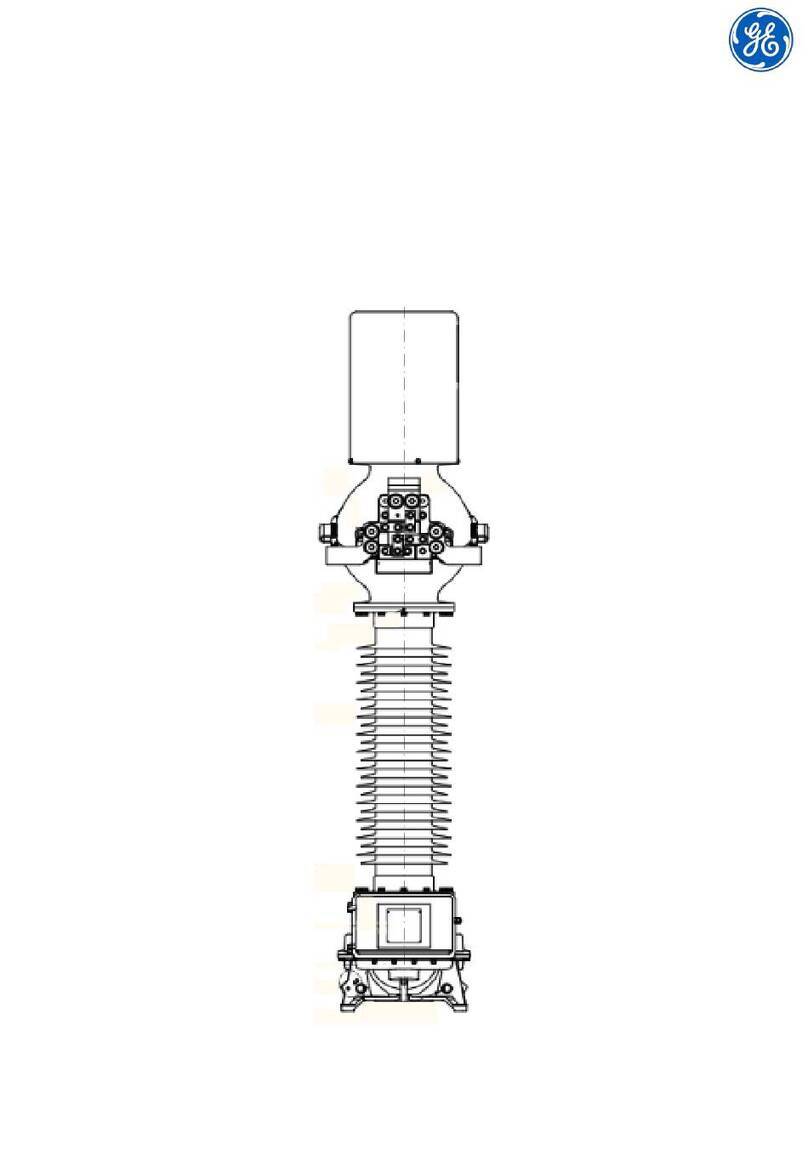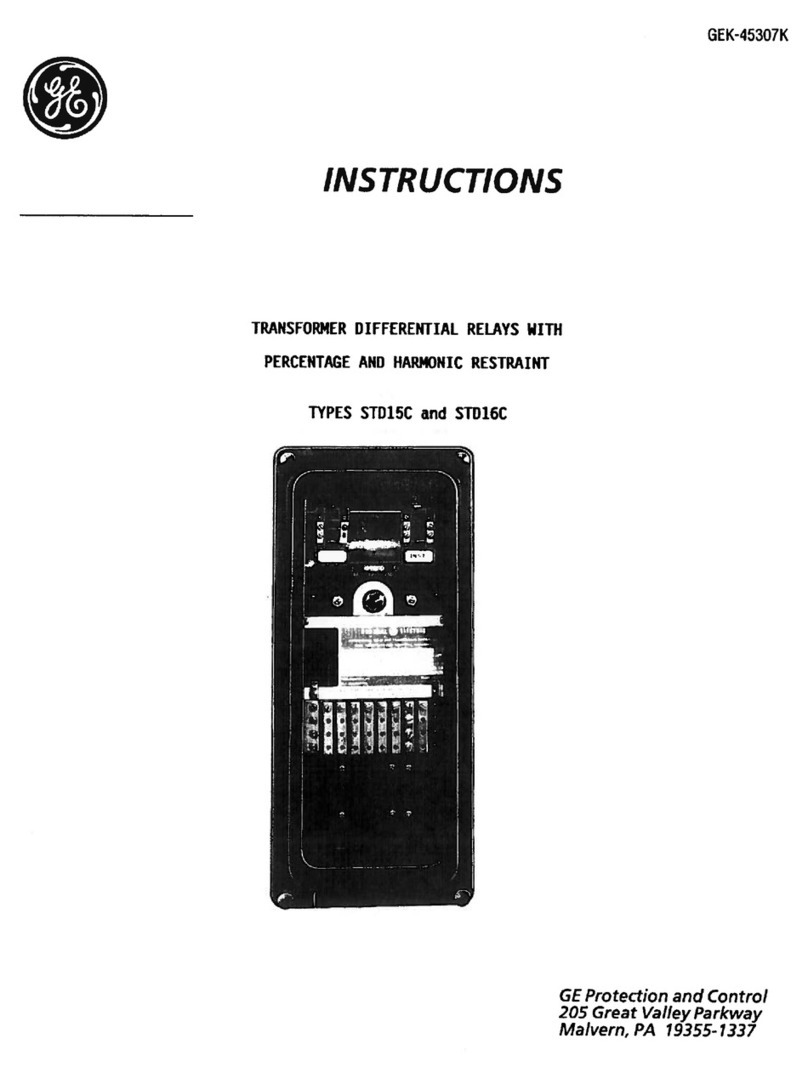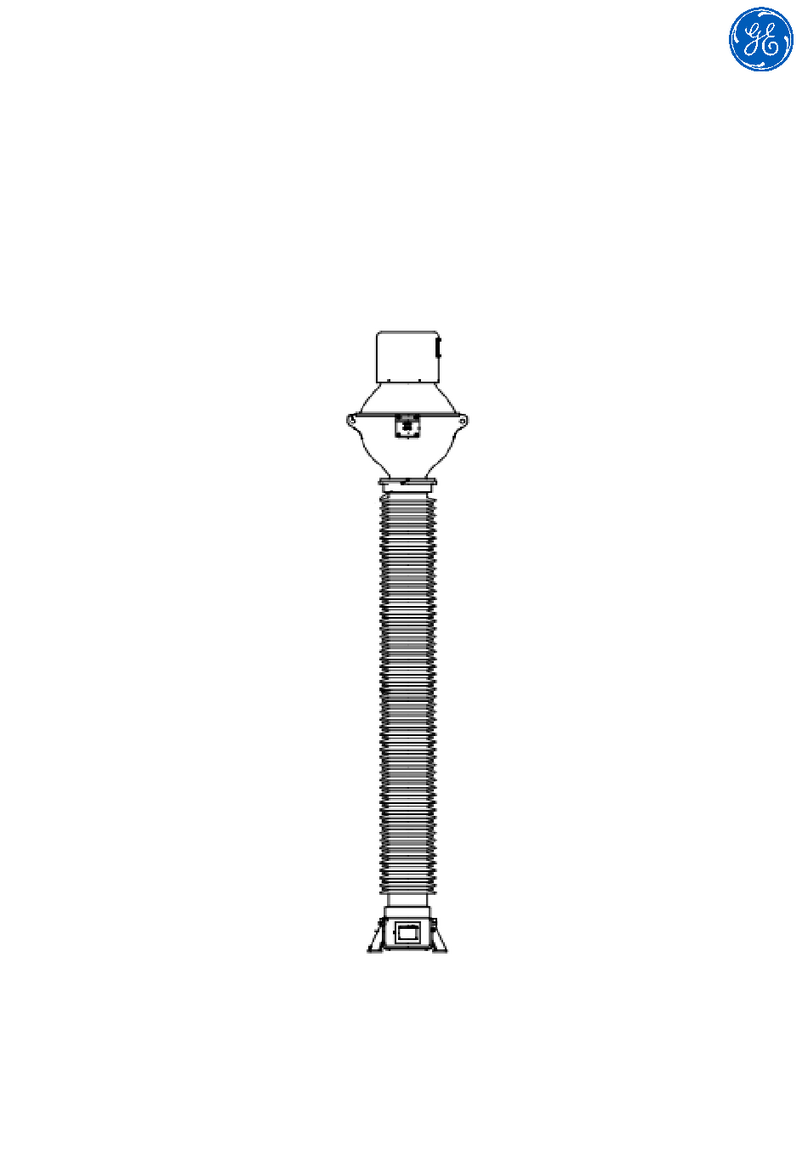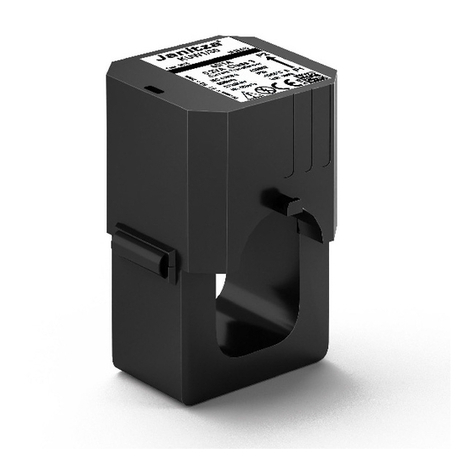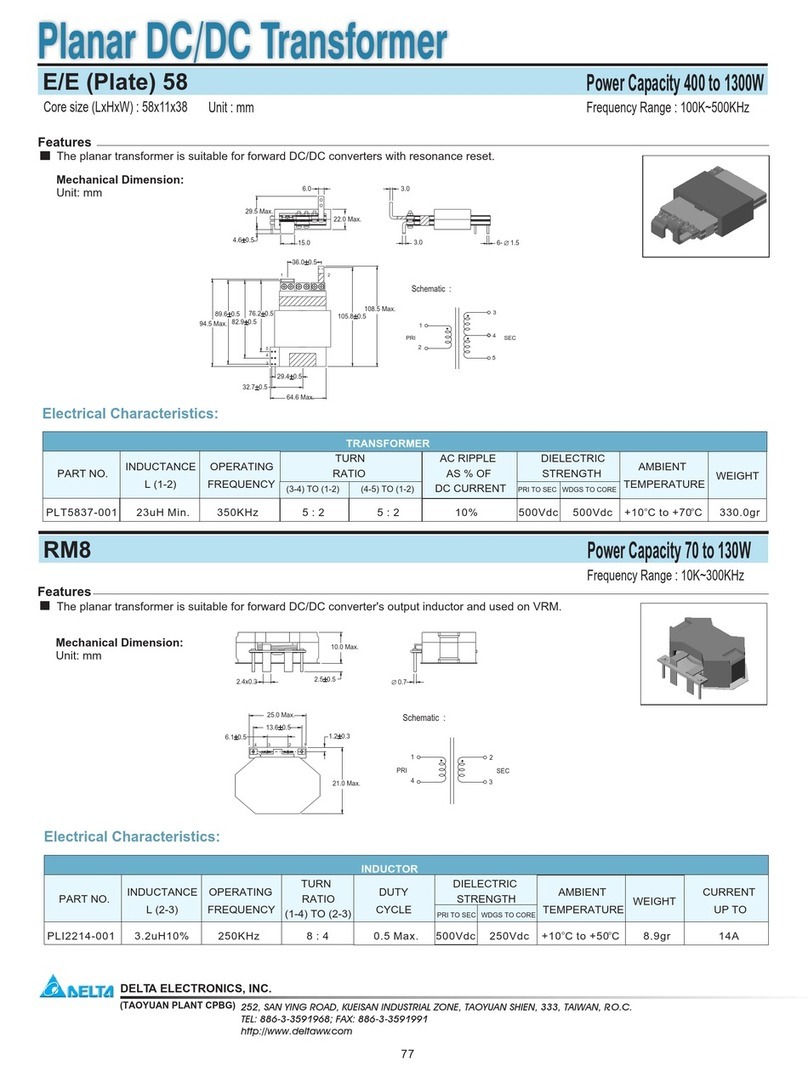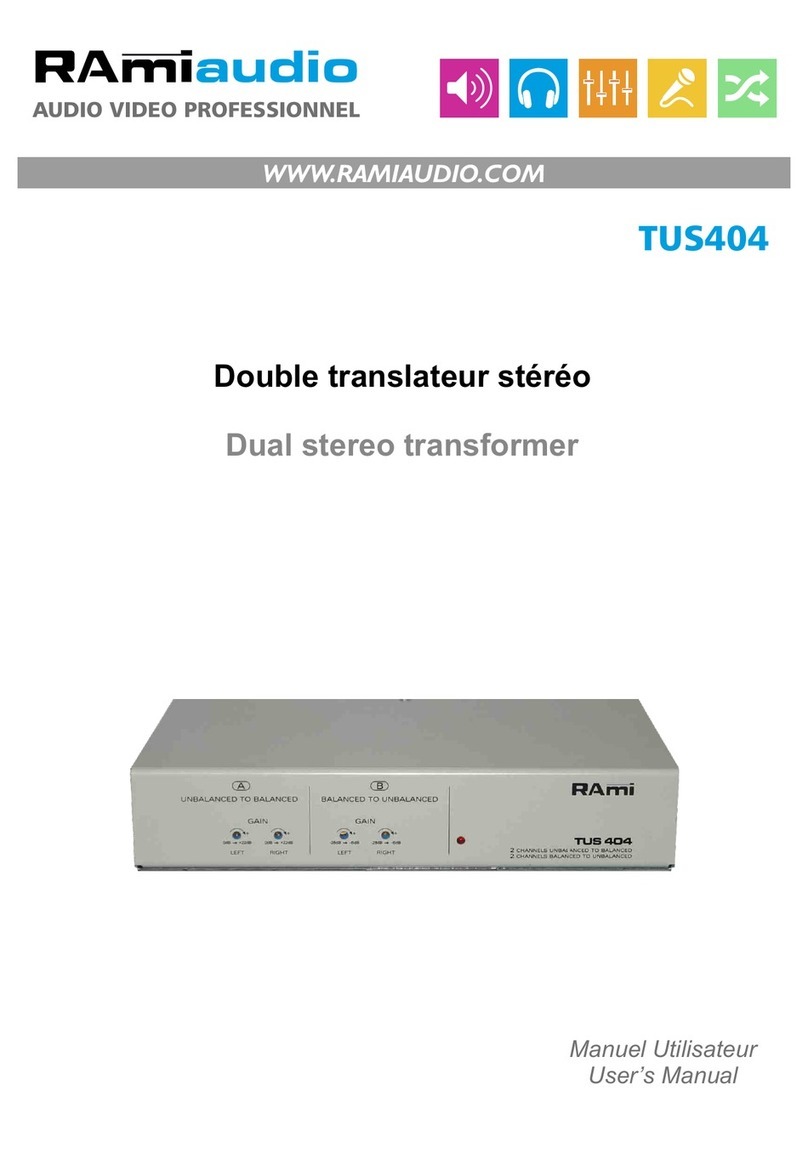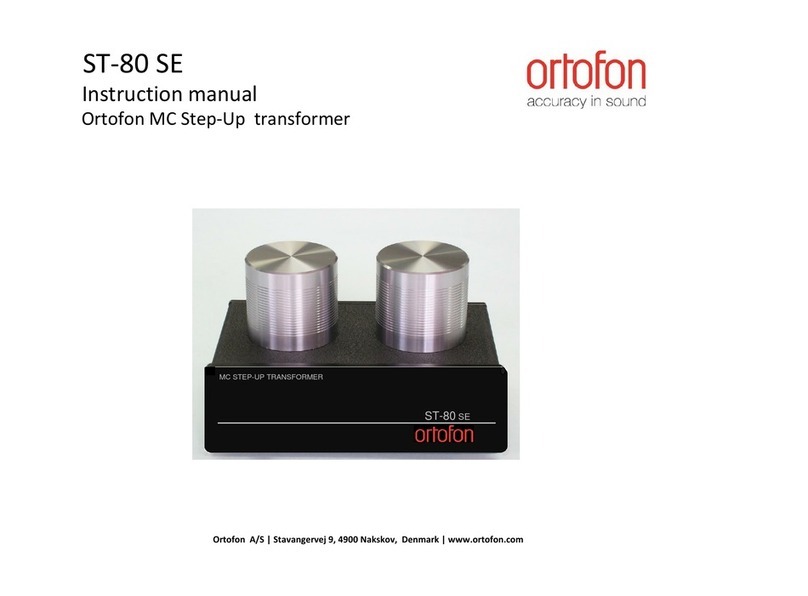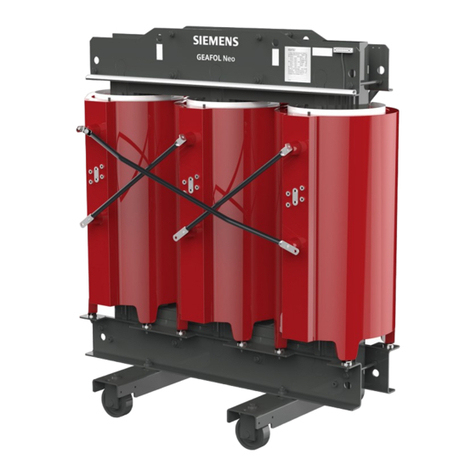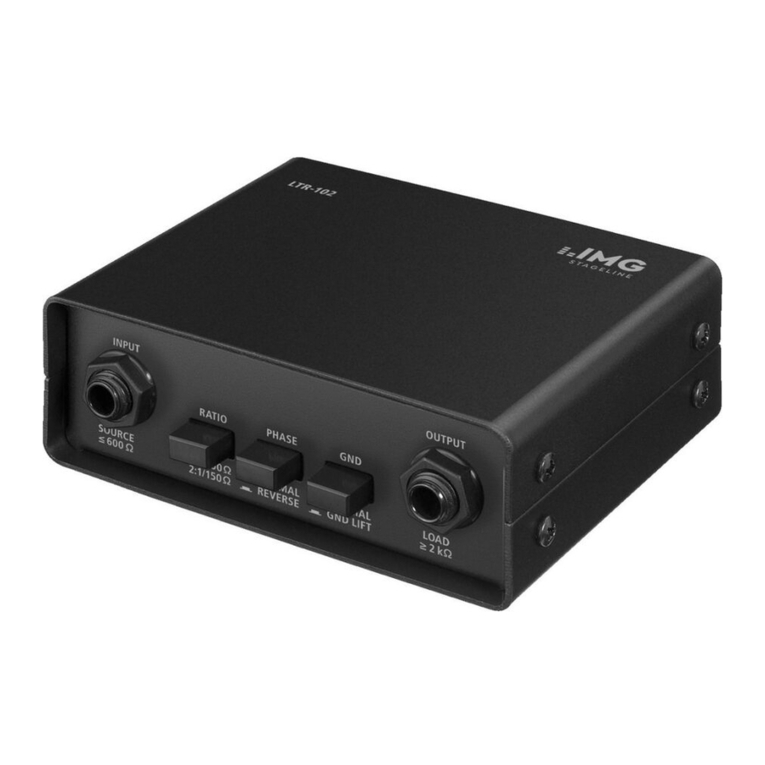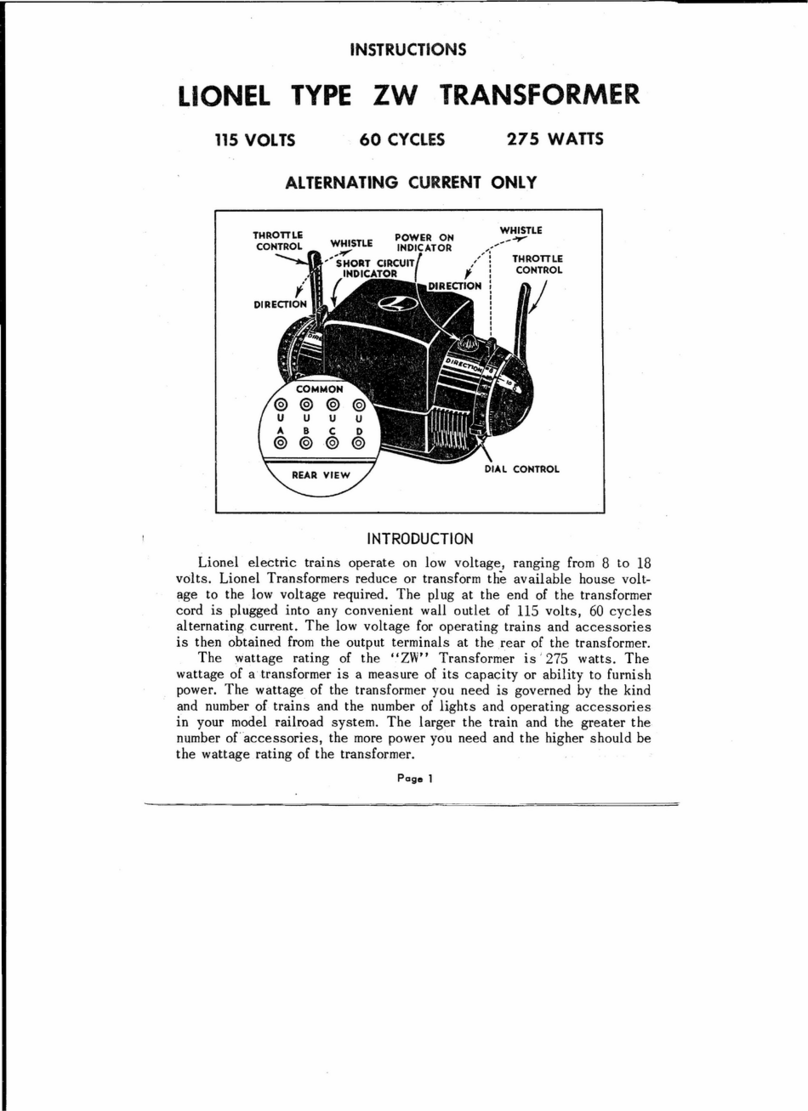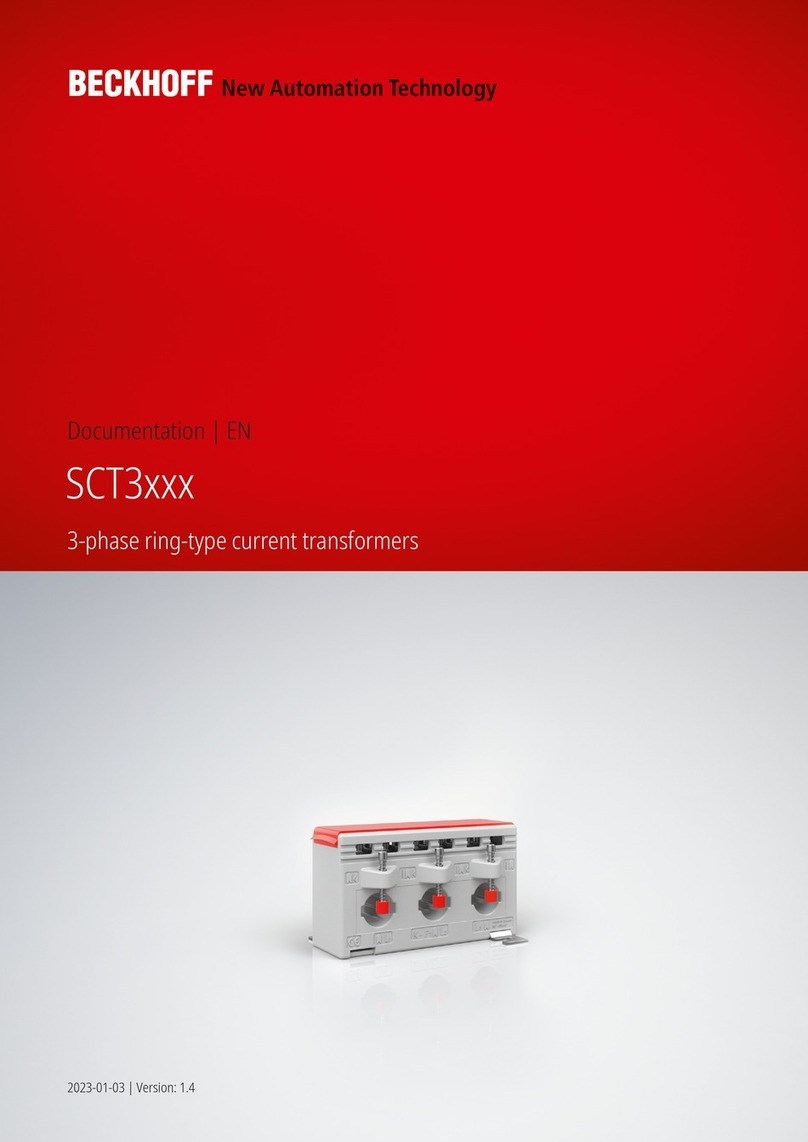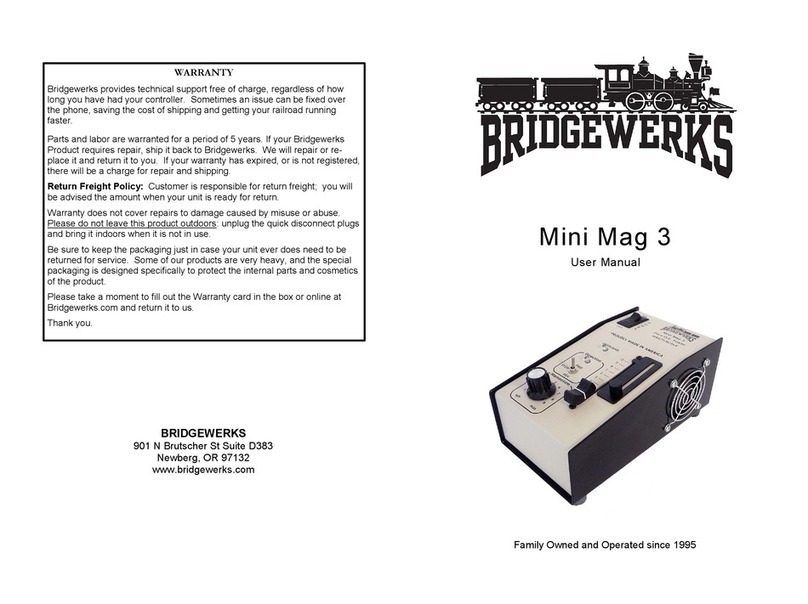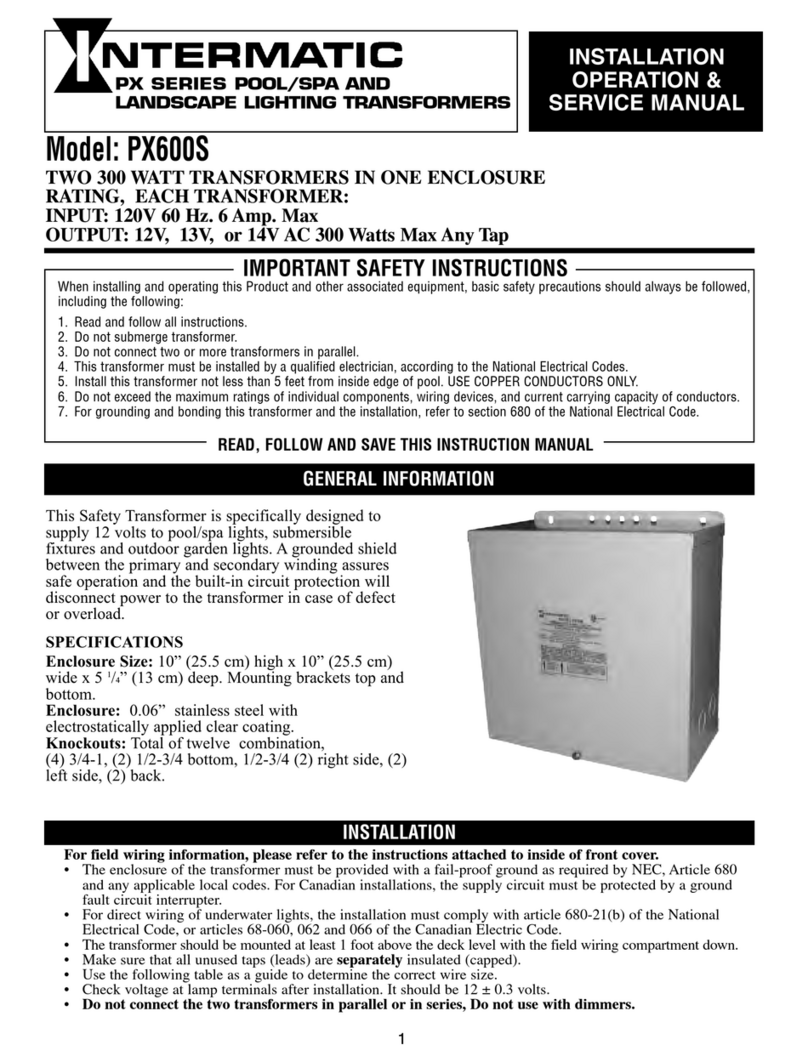MA-006 –Minitrans Operator Guide –Rev 2.2 5-Mar-20 Page 3 of 26
List of Tables and Figures
Page
Table 3-1: Technical specification...........................................................................................................................................7
Table 4-1: Type tests.....................................................................................................................................................................9
Figure 5-1: Power switch.......................................................................................................................................................... 10
Figure 5-2: Fuse holder.............................................................................................................................................................. 10
Table 5-1: External LED status indicators........................................................................................................................ 10
Figure 5-3: Coin cell battery.................................................................................................................................................... 11
Figure 6-1: Front view of the product ................................................................................................................................ 13
Figure 6-2: LCD information notice —error format (top) & example (below)................................................ 13
Figure 6-3: Boot screen............................................................................................................................................................. 14
Figure 6-4: Version screen....................................................................................................................................................... 14
Figure 6-5: Standby mode........................................................................................................................................................ 14
Figure 6-6: Scheduler disabled.............................................................................................................................................. 14
Figure 6-7: Peripheral scheduler........................................................................................................................................... 15
Figure 6-8: Start a manual measurement........................................................................................................................ 15
Figure 6-9: Stop a measurement.......................................................................................................................................... 15
Figure 6-10: Measurement data ........................................................................................................................................... 16
Figure 6-11: Standby mode..................................................................................................................................................... 16
Figure 6-12: Communication channels ............................................................................................................................. 16
Figure 6-13: Networking........................................................................................................................................................... 17
Figure 6-14: GSM / GPRS modem......................................................................................................................................... 17
Table 6-1: Error codes................................................................................................................................................................ 18
Figure 7-1: Manual sampling arrangement ..................................................................................................................... 19
Figure 7-2: Product fitted with manual sampling arrangement............................................................................ 19
Figure 7-3: PTFE tubing............................................................................................................................................................. 19
Figure 7-4: Manual oil sampling process .......................................................................................................................... 20
Figure 8-1: Air filter assembly without cover ................................................................................................................. 21
Figure 8-2: Air filter with cover.............................................................................................................................................. 21
Figure 9-1: Oil filter housing.................................................................................................................................................... 22
Figure 9-2: Oil filter ..................................................................................................................................................................... 22
Table A-1: Timing ......................................................................................................................................................................... 24
Table A-2: UNIX time registers .............................................................................................................................................. 24
Table A-3: Access flags.............................................................................................................................................................. 25
Table A-4: Modifier flags........................................................................................................................................................... 25
Related Documents

